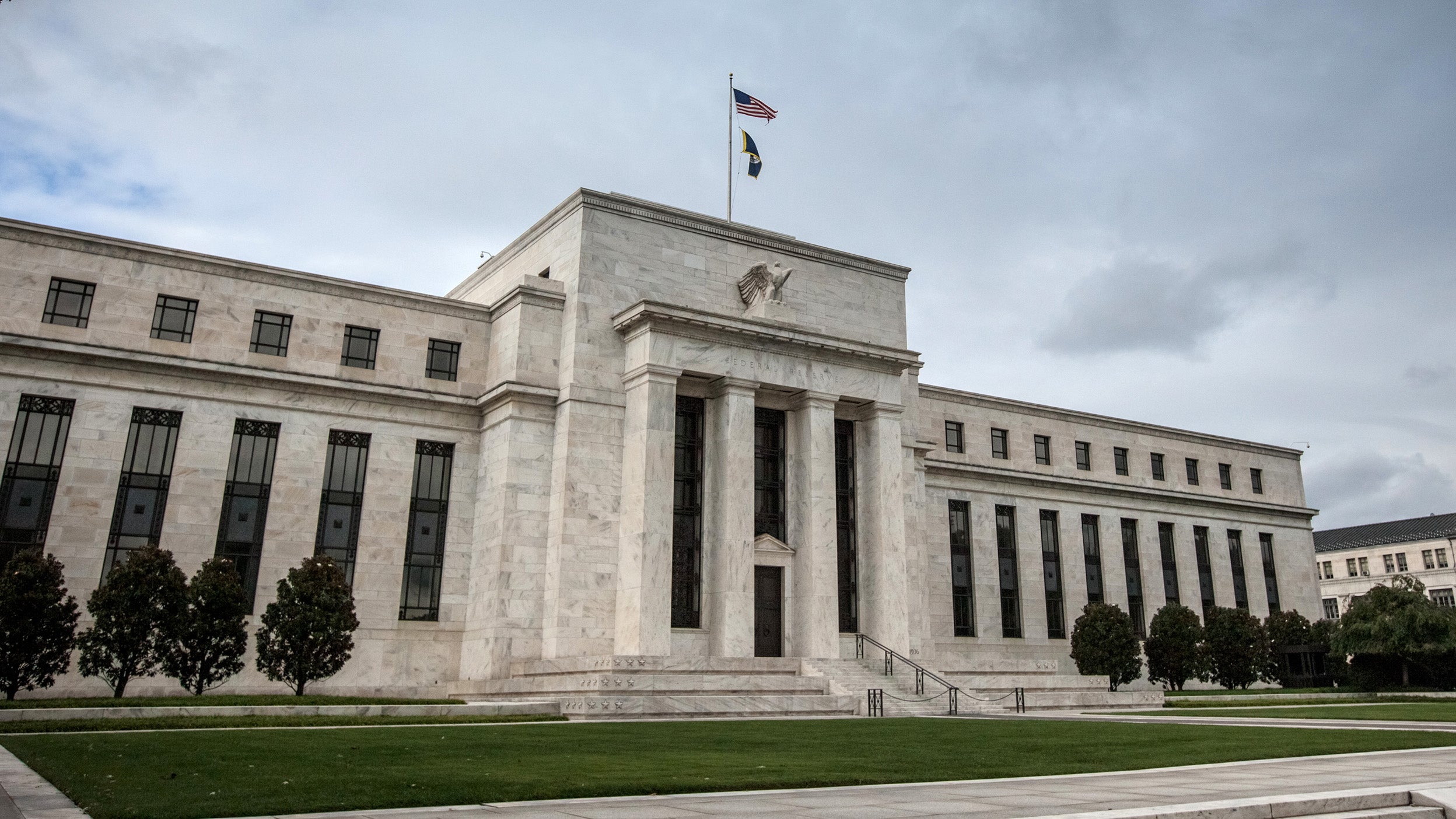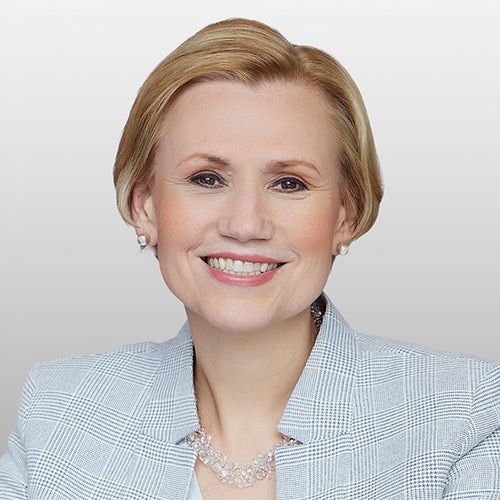Powell reassures markets that the Fed won’t rush rate hikes

Key takeaways
Some Fed officials took a hawkish tone
Powell’s remarks calmed markets
No rush on rate hikes
Last week — in the dead of August — the Kansas City Fed held its annual Jackson Hole Symposium. In a true sign of the times, the symposium was not actually held in Jackson Hole this year, as had been originally planned; instead, it was held virtually. This underscored the reality that things are not back to normal.
Some Fed officials took a hawkish tone
In the run-up to Federal Reserve Chair Jay Powell’s speech, several Fed officials were emphatic that tapering needs to begin soon. Kansas City Fed President Esther George said she expects the Fed to start tapering shortly. Dallas Fed President Robert Kaplan called for tapering to be announced by September and to begin by October or soon thereafter. Perhaps most surprising — and most hawkish — were the words of St. Louis Fed President James Bullard.
Bullard worried that the Fed’s balance sheet expansion is creating a housing bubble. He said that the tapering process should be finished by the end of the first quarter. What’s more, he articulated serious concerns about inflation; he seems skeptical that inflation is actually transitory and argued that by March 2022, the Fed would be able to assess whether inflation had moderated. He suggested that if inflation hadn’t moderated, the Fed would have to get “more aggressive,” which I would presume to mean rate hikes, and that would be sooner than expected. Not surprisingly, these hawkish comments rattled markets.
Powell’s remarks calmed markets
But then came Powell’s speech, and markets breathed a sigh of relief. It’s true that things are certainly not back to normal, and Powell made that clear. He recognized that the pace of the recovery has exceeded expectations — and has been far swifter than the recovery from the Great Recession, with even employment gains having come faster than expected. However, he underscored the unusual nature of the recovery – he described it as “historically anomalous” -- with personal income actually having risen. He said that while labor conditions had improved significantly, they were still “turbulent.” And of course he pointed out that the economic recovery is being threatened by the resurgence of the pandemic.
Powell also underscored the unevenness of the economic recovery, that the Americans least able to carry the burden are the ones who have had to do just that. He emphasized that the services sector has been disproportionately affected, noting that total employment “is now 6 million below its February 2020 level, and 5 million of that shortfall is in the still-depressed service sector.”1
A kinder, gentler tapering
While George, Kaplan and Bullard took a more hawkish stance on tapering, Powell offered a kinder, gentler view. He recognized that the “substantial further progress” test for inflation had been met, but did not announce the start of tapering, or even call for it to be announced by September. He acknowledged that at the July Federal Open Market Committee (FOMC) meeting, most participants believed it would be appropriate to taper this year. And he recognized that in the month since the last FOMC meeting, there has been more progress on the economic front — but that there has also been further spread of the COVID-19 Delta variant. My read on this is that tapering is likely to be announced soon, but that Powell would like to maintain some flexibility given the uncertainties presented by COVID.
Powell seemed more certain in his assessment that inflation is largely transitory. He offered up compelling arguments to support that view, especially pointing to longer-term inflation expectations remaining anchored. I found this gave credibility to his more dovish stance.
The key takeaway: A ‘conscious uncoupling’
Powell channeled his inner Gwyneth Paltrow in asserting that rate hikes are uncoupled from tapering. In other words, he suggested that we shouldn’t expect rate hikes to begin just because tapering has ended. He asserted that rate hikes have a different and far more stringent test: “until the economy reaches conditions consistent with maximum employment and the economy is on track to reach 2% inflation on a sustainable basis.”1 This was perhaps the most important takeaway from the speech, given that markets seem far more concerned with when rate hikes will begin rather than when tapering will begin.
Looking ahead
All eyes will be on the August jobs report, due out at the end of this week. There are whispers that this could be a blowout with more than 1 million non-farm payrolls created. If that happens, I believe the Fed would be even more comfortable announcing tapering in September and starting to taper in October.
Further off into the distance, questions are swirling about whether Powell will be re-nominated as Fed Chair. While I suspect there may be a little grumbling from the extremes on both aisles of Congress, my money is on his re-nomination. However, speculation about this — and the future of the vice chairs (the vice chair and the vice chair for supervision) — will certainly occupy some markets watchers’ time in the coming months.
Related insights
Footnotes
-
1 Source: Federal Reserve, speech transcript, Jerome Powell, “Monetary Policy in the Time of COVID,” Aug. 27, 2021
Investment risks
-
The value of investments and any income will fluctuate (this may partly be the result of exchange rate fluctuations) and investors may not get back the full amount invested.
Important information
-
The opinions referenced above are those of the author as of Aug. 30, 2021.
This document is marketing material and is not intended as a recommendation to invest in any particular asset class, security or strategy. Regulatory requirements that require impartiality of investment/investment strategy recommendations are therefore not applicable nor are any prohibitions to trade before publication. The information provided is for illustrative purposes only, it should not be relied upon as recommendations to buy or sell securities.
Where individuals or the business have expressed opinions, they are based on current market conditions, they may differ from those of other investment professionals, they are subject to change without notice and are not to be construed as investment advice.
Tapering is the gradual winding down of central bank activities that aimed to reverse poor economic conditions.


